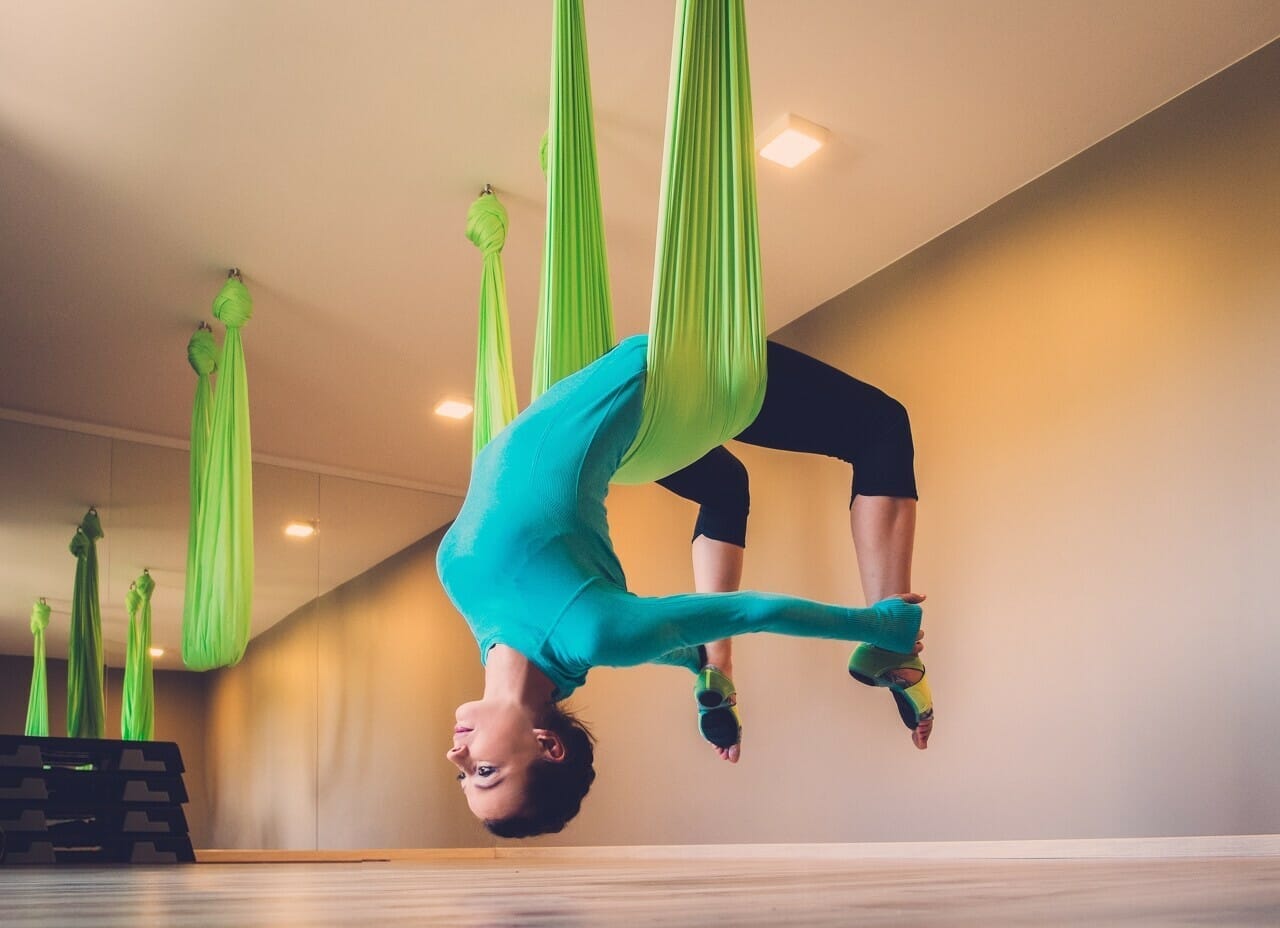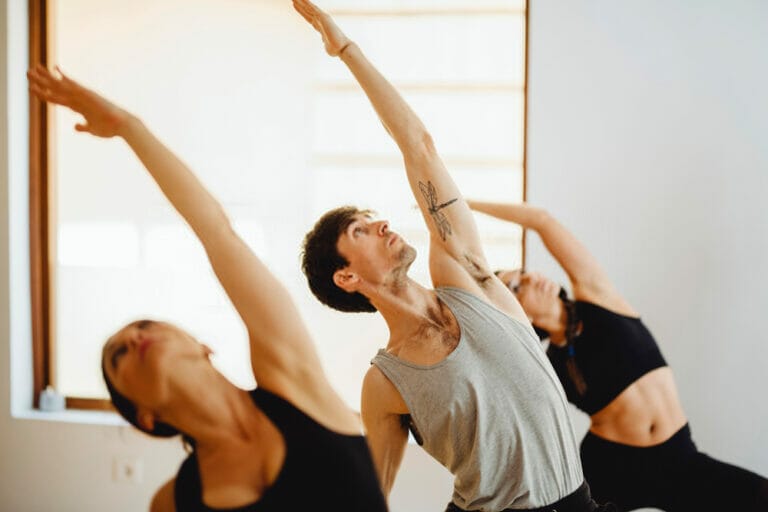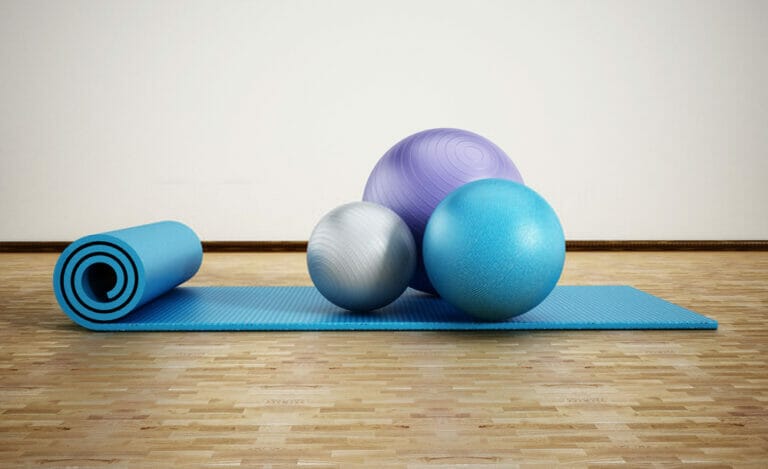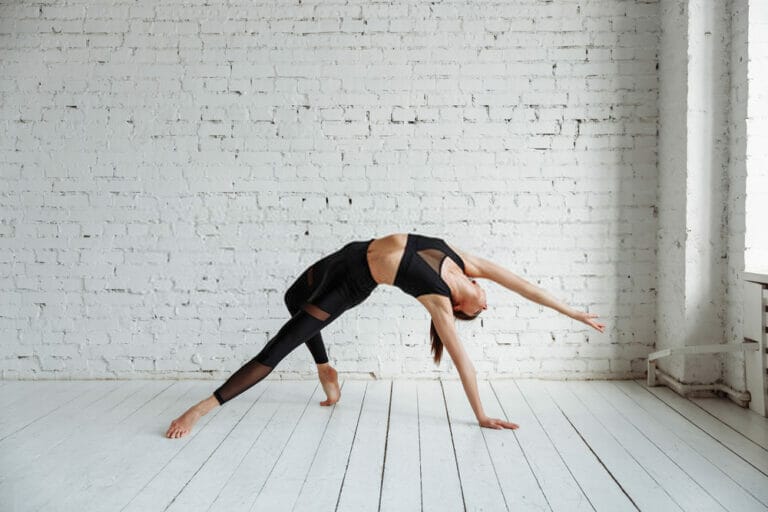Beginner’s Guide To Yoga – Swing Yoga For Beginners
Yoga was established thousands of years ago and since then it is continually developing.
From traditional forms like Ashtanga yoga to Bikram yoga and everything in between, yoga continues to spread and diversify in many aspects,
Swing Yoga is a fun way to practice asana while being suspended in the air. It allows you to practice yoga poses with the help of a strong hammock, and an excellent workout for the spine.
It was formulated in the early 2000s and today there are many variations of it on the market. This is a new trend in modern postural yoga, but the roots of it are in history.
This article will provide you with an overview of Beginner Yoga Swing Poses. If you've decided that swing yoga is for you and if you have your own yoga swing or hammock, you can practice some simple beginner-friendly poses.
Let’s get started!
What is Beginner Yoga Swing Poses?
This is a fun way to practice asana while being suspended in the air. It’s a combination of yoga and aerial/trapeze acrobatics.
The great thing about aerial yoga is that it allows you to practice yoga poses with a hammock or a swing, which allows you to gain control of your body easier than if you did them on the ground.
In addition, this will enable you to practice yoga poses with the help of strong support.
Benefits of Beginner Yoga Swing Poses:
- This is an excellent workout for the spine.
- It’s suitable for inverting to decompress.
- It also stretches the whole body but especially the shoulders, lungs, and abdomen.
- The movements also wake up the spine and get oxygen through it while you practice yoga.
- It’s an excellent addition to any yoga practice.
Beginner Yoga Swing Poses
Here are the most common beginner poses that you can try while suspended in the air on a swing.
Superman Pose
This pose stretches your abdomen and the lower back, and it’s fun to swing in this pose. You can do this pose while suspended in the air on a hammock. It’s an excellent way to start your practice if you’ve never tried it before.
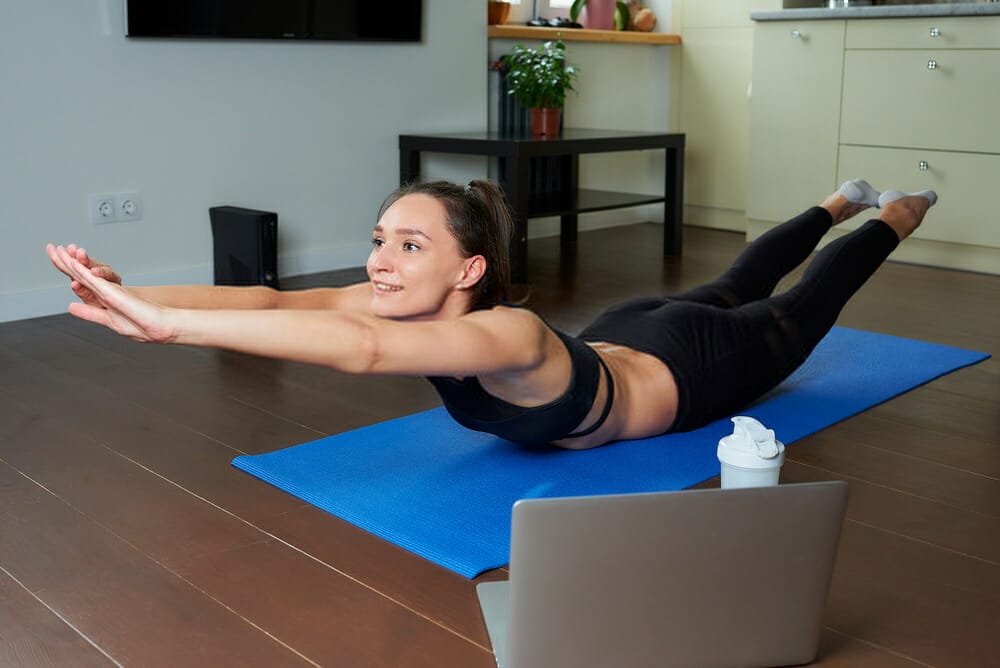
It is one of the easiest poses for beginners because of its simple movements (simplicity = easier to learn).
Try not to hyperextend; hold the pose with firm and straight core muscles only. Do not hold your breath and avoid crossing your arms over each other.
One-Legged Superman Pose
This is a variation of the Superman pose. This stretch will lengthen your hamstrings. You can do this by lying on your stomach and pointing one leg straight back behind you.
It's important to keep your toes pointed when you're in these poses so that you look even more attractive!
Plank with feet in the hammock
This is more of a vigorous pose that requires a lot of core engagement. It strengthens the legs, wrists, shoulders, spine, and arms.
This pose also helps to improve your posture and enhance your balance and stability. It's basically a full-body workout!
Shoulder stretch in wrist wrap
Imagine doing a variation of a yoga pose as you wrap the hammock around your wrists and then grab it with your hands as you press your palms forward.
This exercise can be an extreme stretch for your shoulders and spine, which helps relieve lower back pain.
Low Lunge in Wrist Wrap
In this pose, you’ll grab the hammock with your hands and raise and straighten your legs. It looks like a low lunge, but you’re balancing on the hammock.

This exercise is excellent for strengthening the core muscles while stretching the arms and shoulders.
In addition, this pose stretches the hip flexor and sciatica. It also relieves emotional and hormonal stress.
Star inversion
This is the ultimate spinal release. This inversion pose helps create a space through the spine, calms the mind, and increases circulation.
In addition, allowing gravity to work its magic in this pose helps to naturally align the spine.
Lay back in the cross position
It is remarkably releasing to lay oneself across the hammock simply. It is a deep heart-opening posture that can help open the chest, shoulders, and abdomen. It also improves your posture and helps relieve stress.
Chair in the Cross Position
The position is part of a series of yoga exercises meant to relieve stress on the body. This position is incredibly clearing for the spine, releasing tons of compression through the vertebrae.
This posture also relieves lower back pain and sciatica pain. It also helps improve your posture.
Floating savasana
In this pose, you need to spread the fabric of the swing out as far as you can so that your entire body is able to lay flat in the hammock.
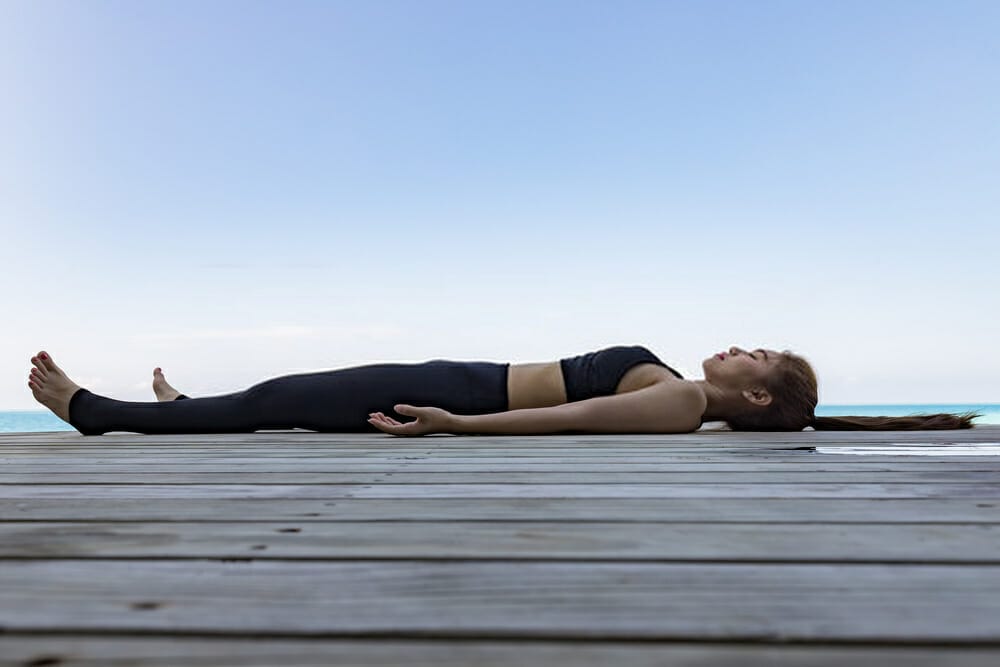
The material creates a cocoon around you giving the sensation of floating. This does help to calm the mind and is an excellent way to end your practice.
Tips For Beginner Yoga Swing Poses:
- If you want to do a series of simple beginner poses, practice them one at a time.
- Do not forget to listen to your body and do what gives you more comfort.
- If you’re feeling lightheaded or dizzy, take a break for a few minutes and practice slowly afterwards.
- Do not jump up onto the hammock. This could cause injury to your lower back and this is not safe.
- Always be careful if you have a physical disability or another health condition.
- Make sure that you’re doing proper alignment of your body when practising yoga on a swing.
- If there is a difference between your left and right side, practice on both sides.
- Take breaks between poses to stretch and relax your body.
Conclusion
If you haven’t tried yoga in a hammock yet, you need to give it a try. It will be one of the most rewarding and relaxing experiences! ! Try some more accessible poses first and then move up from there!
I hope this article has been informative for you and you have a better understanding of how to practice yoga swing poses. If you have any questions about the hammock, feel free to leave a comment below.

